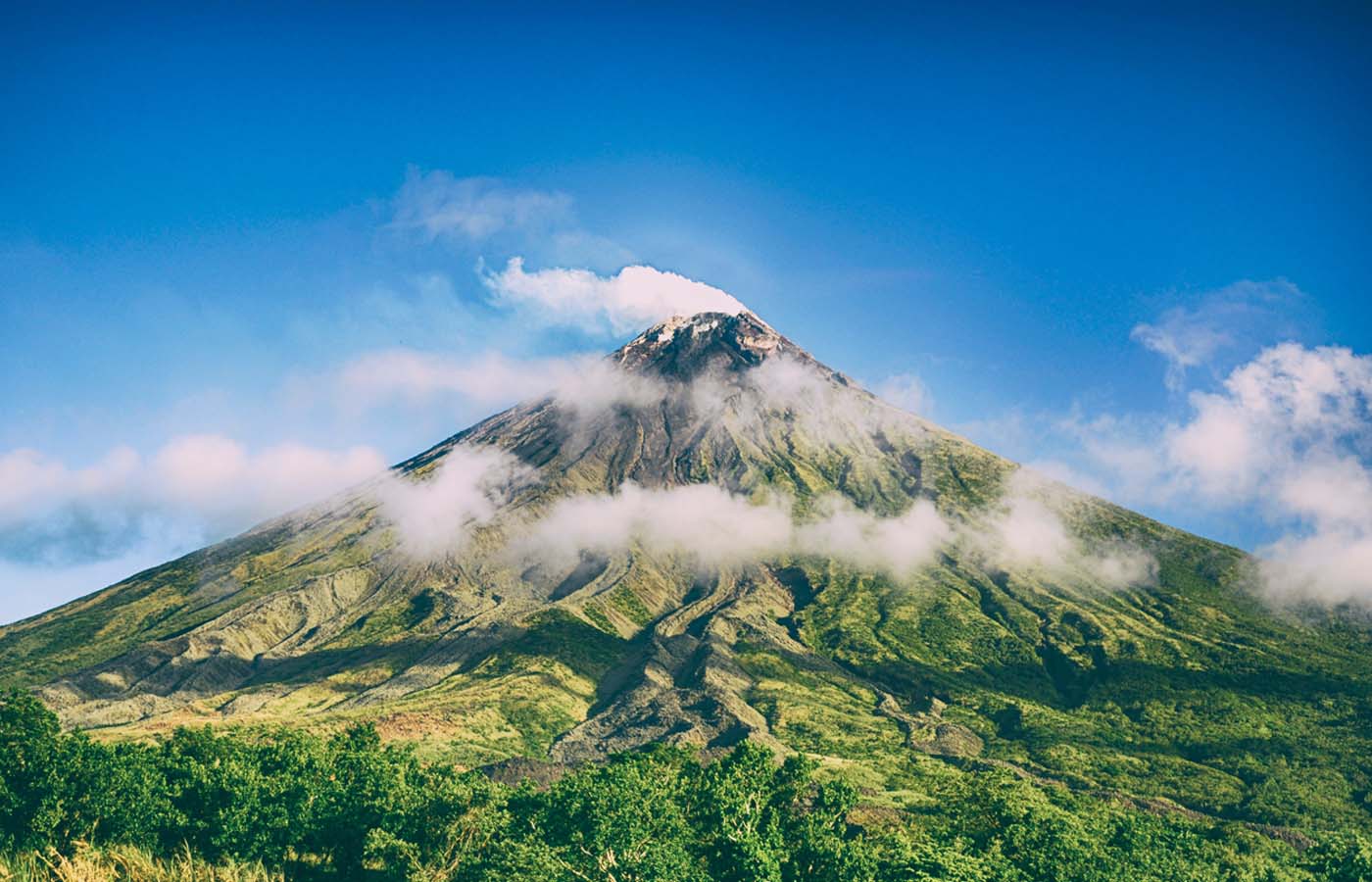

Summit tiltmeters show variable deflation and inflation trends over the past week. Seismicity is elevated but stable, with few earthquakes and ongoing volcanic tremor. Sulfur dioxide emission rates remain elevated and were measured at approximately 2,100 tonnes per day on Jan. All lava is confined within Halema‘uma‘u crater in Hawaii Volcanoes National Park. 18, following a pause lasting about three days. Lava returned to the western vent within Halema‘uma‘u crater at about 10:45 a.m. its USGS Volcano Alert level is at WATCH. This study adds another important dimension in reconstructing the long-term eruptive history of Mauna Loa. Although no one lives at the summit of Mauna Loa, explosive eruptions have the potential to pose a threat to hikers, aircraft, and communities downwind that could experience ashfall. We know that explosive eruptions have occurred on Mauna Loa before, and that this type of activity is likely to happen again.
/hawaii--big-island--hawaii-volcanoes-national-park--mauna-loa-eruption--lava-flowing--steam-rising--126940483-59a8314ad088c0001184d62a.jpg)
So why is this information so important? Based on simple geometry of the arcuate shaped deposit fans, clast type, and size distribution, we can determine that the sources of these explosive eruptions were from vents on the caldera floor adjacent to the deposits found on the rim. In contrast, the crackle-surfaced types are the result of hot rocks being rapidly quenched. This residual melt was still molten or plastic when the explosive activity occurred. We interpret the bread-crust-textured clasts as the ejected clots of residual melts of crystallizing shallow magma bodies, similar to those that produced the gabbroic xenoliths. The most unusual blocks have “bread-crust” textures or have water-quenched-type outer surfaces (crackled). Gabbros represent crystalized lava lake(s).
/hawaii--big-island--hawaii-volcanoes-national-park--mauna-loa-eruption--lava-flowing--steam-rising--126940483-59a8314ad088c0001184d62a.jpg)
Many of the pahoehoe blocks are rounded, suggesting that they were tumbled in the vent or recycled a few times before ejection. The flow samples indicate the explosions occurred at depth, and had to break through overlying lava flows. Gabbros comprise 21% of the deposit, while bread-crust or crackled-surface rocks comprise 11% of the deposit. Surprisingly, the two most uncommon rocks in the other explosive fans are quite abundant in the west fan. Clasts range from 0.80 to 35 inches, with an average of 8 inches. We cataloged over 340 clasts pahoehoe, both unaltered and altered, is the most abundant at 44%, followed by ponded lava, both unaltered and altered, at 24%. West fan clasts, types, and sizes are randomly scattered at varying distances from the caldera rim, with no clear dispersal pattern. The clasts range in size from 0.4 to 26 inches, with an average size of 5 inches. The ash fraction is over 70% of the deposit, burying almost all of the underlying pahoehoe flows.

To the south, the clasts are much smaller and more abundant. Lithic ejecta in the north ranges from 0.8 to 60 inches in length, with an average of 8 inches. In the east fan, most larger-sized clasts (greater than 16 inches) are found in the northern section of the fan. Bread-crust or crackle-surfaced rocks also comprise 1% of this deposit, along with a single gabbroic lapillus that was noted. We documented over 1,700 clasts, and ponded lava comprises 98% of the lithics, while pahoehoe clasts, both unaltered and altered, comprise only about 1% of the deposit. The east, or Mauna Loa Cabin apron, is also dominated by ponded lava ejecta, both unaltered and altered. Clasts in the northwest fan range in size from 1 to 87 inches in diameter, with an average size of 10 inches. Pahoehoe clasts, both unaltered and altered, are the second most abundant, at 20 percent, while gabbroic xenoliths and bread-crust or crackle-surface rocks each comprise 1 percent of the deposit. The clasts were dominated by ponded lava ejecta, both unaltered and altered, totaling 78% percent. We documented over 1,000 clasts from the debris fan on the northwest rim. Generally, the ejected rocks are roughly equivalent in size and abundance along the central axis of each fan, and they decrease in size with increasing distance from the caldera rim. Here, we describe the rock types and sizes, which are used to help constrain the vent locations and size of these unusual explosive eruptions. The age and general location of the deposits were discussed in an earlier “Volcano Watch” article published in 2018.


 0 kommentar(er)
0 kommentar(er)
